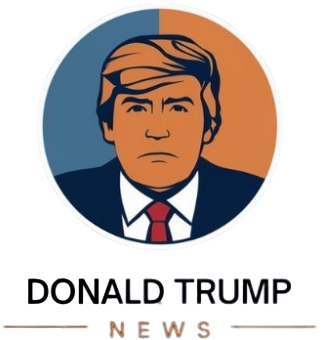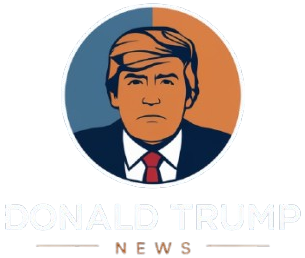The Ongoing Effects of Tariff Policies on the U.S. Economy
As the nation grapples with economic instability, the repercussions of former President Donald Trump’s tariff policies continue to resonate throughout various sectors. Businesses and consumers alike are navigating a challenging environment shaped by these trade restrictions, leading to significant strain across multiple industries and demographics. From agricultural producers facing increased costs for essential materials to shoppers encountering elevated prices at stores, the effects of these tariffs reach far beyond corporate boardrooms. This article examines the specific groups most impacted by Trump’s tariffs, shedding light on the complex economic consequences that challenge both manufacturers and everyday Americans striving to manage their finances. As we assess the long-term implications of these trade policies, it is vital to identify who is shouldering this financial burden.
Impact on American Consumers and Businesses
The economic framework in the United States has experienced notable transformations as a result of tariffs enacted during Trump’s presidency. This policy shift has left consumers and businesses contending with rising expenses and market fluctuations. Consumer prices have escalated, as numerous companies have transferred their additional costs onto buyers, compelling them to tighten their spending habits. Essential items such as electronics, apparel, and groceries have seen significant price hikes, raising widespread concerns about affordability among consumers. Moreover, small enterprises are particularly susceptible; they struggle to maintain competitive pricing while managing increased operational expenses.
Conversely, while these tariffs were designed to boost domestic production and safeguard American jobs, this approach has resulted in an intricate ecosystem where anticipated benefits are not uniformly distributed across sectors. Industries like manufacturing and agriculture have faced considerable challenges due to this strategy. Key observations include:
- A rise in layoffs within sectors dependent on imported goods.
- Retaliatory tariffs impacting U.S. agricultural exports leading to substantial revenue declines.
- An uptick in investments towards technology and automation as companies aim to offset labor costs.
The following table provides a visual summary of industries most affected by tariff policies along with their performance trends:
| Industry | Consequences | Tendency |
|---|---|---|
| Manufacturing | Job reductions & price increases | Diminishing stability |
| Agriculture | Shrinking exports & financial pressure | Evolving distress levels |
| Agriculture< / | < Decreased exports< / | < Negative< / |
| T echnology< /t d>< Increased production expenses< /t d>< Cautious< / |
| C onsumer Goods< /t d>< Higher retail pricing< /t d>< Pessimistic< / |









